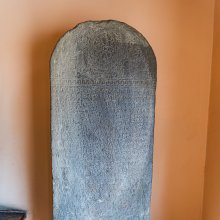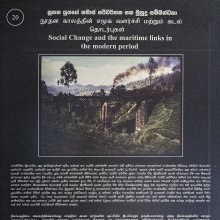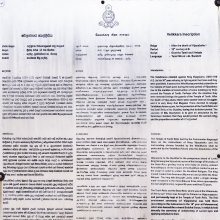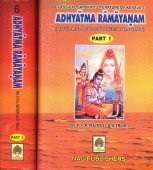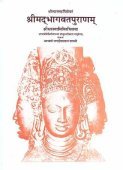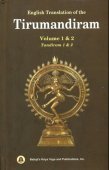Conquest: 1 definition
Introduction:
Conquest means something in Hinduism, Sanskrit. If you want to know the exact meaning, history, etymology or English translation of this term then check out the descriptions on this page. Add your comment or reference to a book if you want to contribute to this summary article.
Images (photo gallery)
In Hinduism
Yoga (school of philosophy)
Source: ORA: Amanaska (king of all yogas): A Critical Edition and Annotated Translation by Jason BirchThe Conquest (of the breath) is denoted by the Sanskrit term Jaya [ca vāyor jayaḥ], according to the Amanaska Yoga treatise dealing with meditation, absorption, yogic powers and liberation.—Accordingly, as Īśvara says to Vāmadeva: “[...] The conquest of the breath (jaya) can be achieved by means of [reciting] the three types of Om and by various [Hathayogic] Mudrās, as well as meditation on a fiery light [or meditation] on a supporting object [like] the empty sky [which are done] in the lotus of the inner space [of the heart]. [However,] having abandoned all this [because it is] situated in the body [and therefore limited], and having thought it to be a delusion of the mind, the wise should practise the no-mind state, which is unique, beyond the body and indescribable. [...]”.

Yoga is originally considered a branch of Hindu philosophy (astika), but both ancient and modern Yoga combine the physical, mental and spiritual. Yoga teaches various physical techniques also known as āsanas (postures), used for various purposes (eg., meditation, contemplation, relaxation).
See also (Relevant definitions)
Partial matches: Conquest, Te.
Query error!
Full-text (+473): Digvijaya, Jaya, Digjaya, Vijaya, Nirjaya, Vinirjaya, Abhijaya, Vijiti, Labha, Vijita, Parajaya, Manojaya, Abhijiti, Tagjaya, Prajaya, Jayopaya, Jayagarva, Avajiti, Bhumikajaya, Kakubjhaya.
Relevant text
Search found 224 books and stories containing Conquest, The conquest; (plurals include: Conquests, The conquests). You can also click to the full overview containing English textual excerpts. Below are direct links for the most relevant articles:
Trishashti Shalaka Purusha Caritra (by Helen M. Johnson)
Sindhuniṣkuṭa and Gaṅgāniṣkuṭa < [Notes]
Part 5: Expedition of conquest < [Chapter XIII - Jayacakricaritra]
Part 21: Death of Puruṣottama < [Chapter IV - Anantanāthacaritra]
Expansion of the Gupta Empire < [May-June, 1929]
Reviews < [April 1951]
Service to Man is Paramount < [July – September, 1986]
Later Chola Temples (by S. R. Balasubrahmanyam)
Temples in Seranur < [Chapter XII - Temples of Kulottunga III’s Time]
Chapter I - Kulottunga I (a.d. 1070 to 1125)
Temples in Salukki < [Chapter XII - Temples of Kulottunga III’s Time]
Sanskrit dramas by Kerala authors (Study) (by S. Subramania Iyer)
4. The sentiment (rasa) of the Balamartandavijaya < [Chapter 13: Balamartandavijaya (Balamartanda-Vijaya)]
2. Plot (summary) of the Balamartandavijaya < [Chapter 13: Balamartandavijaya (Balamartanda-Vijaya)]
7. Technique of the Balamartandavijaya < [Chapter 13: Balamartandavijaya (Balamartanda-Vijaya)]
Notices of Sanskrit Manuscripts (by Rajendralala Mitra)
Middle Chola Temples (by S. R. Balasubrahmanyam)
Introduction < [Chapter III - Rajendra I (a.d. 1012 to 1044)]
Introduction < [Chapter I - Rajaraja I (a.d. 985 to 1014)]
Temples in Solapuram < [Chapter II - Temples of Rajaraja I’s Time]
Related products
